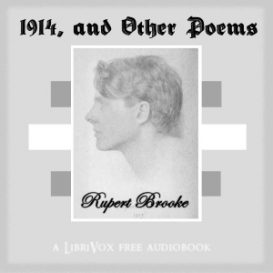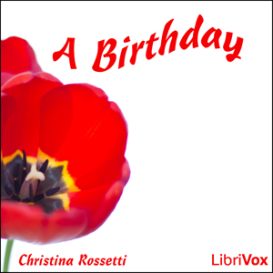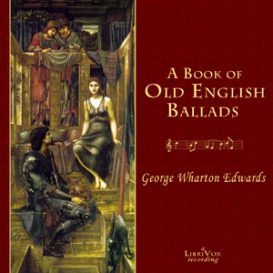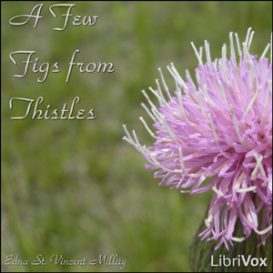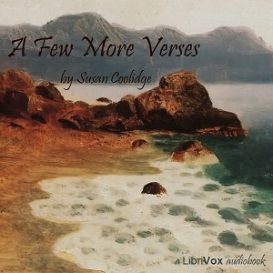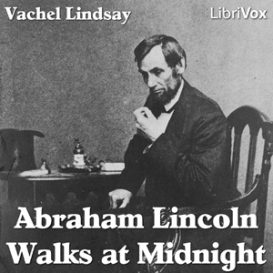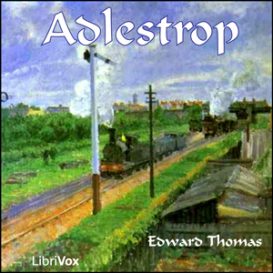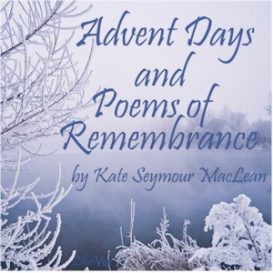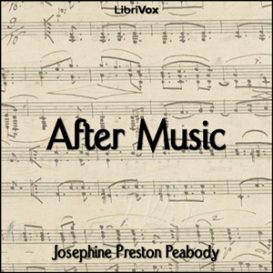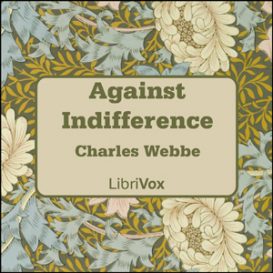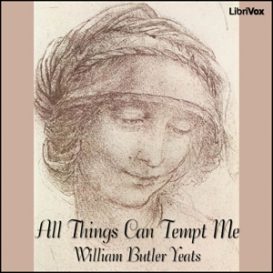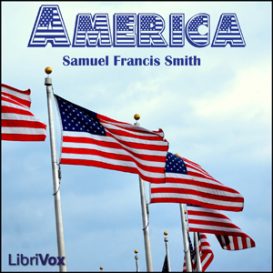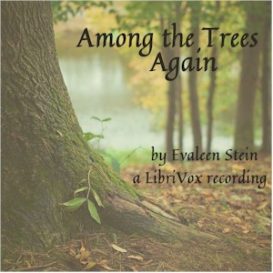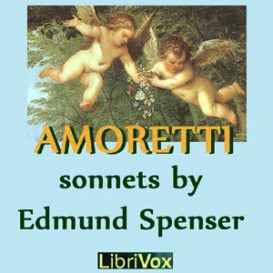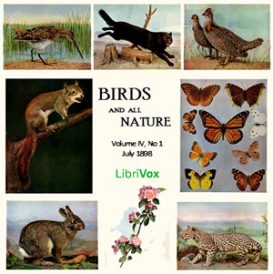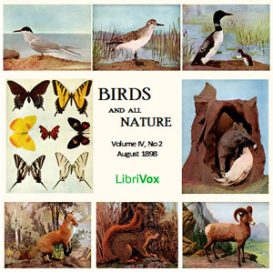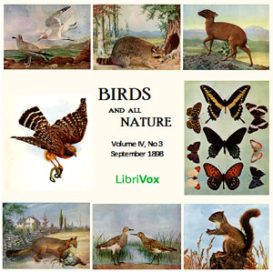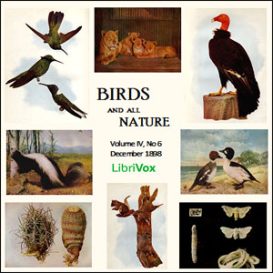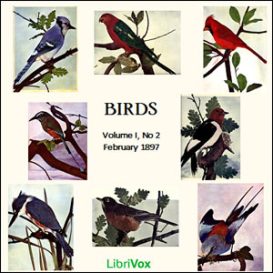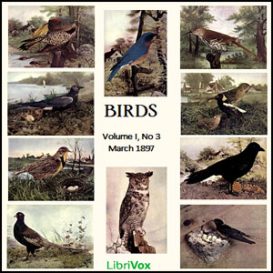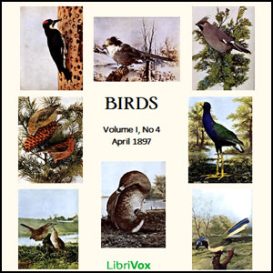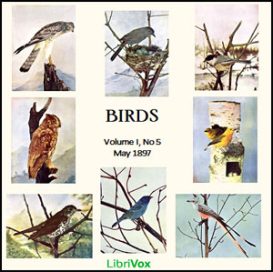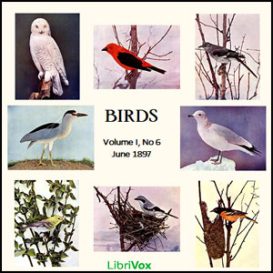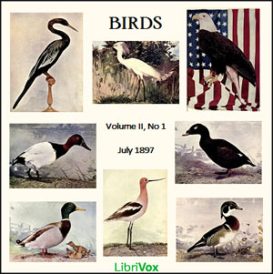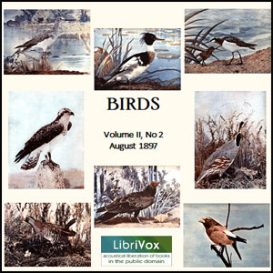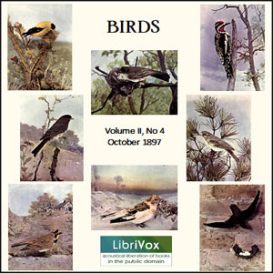Poetry
Showing 1–50 of 614 results
‘Twixt Earth and Stars
This is a volume of poetry by Radclyffe Hall. The poet and novelist led a highly scandalous lifestyle for the norms of her contemporary society, living openly lesbian in Germany and England. Some of the poems in this volume are also love poems to other women, a fact which was not generally known at the time the book was published. – Summary by Carolin
1914, and Other Poems
This is a volume of poems by Rupert Brooke, named after the famous poems “1914”, written during and about World War I. Brooke himself died while taking part in a naval expedition to the Dardanelles, and was buried in Greece. The poems he wrote during the war were published posthumously and are the poems for which he is best-known today. This volume also contains poems written during a journey around the Pacific, and a number of miscellaneous poems. – Summary by Carolin
37 American Poems
Here are 37 distinctively American poems, covering the mid-17th – early 20th Centuries, from Anne Bradstreet to Dorothy Parker’s sole PD work. (Summary by BellonaTimes)
A Birthday
LibriVox volunteers bring you 14 recordings of A Birthday by Christina Rossetti. This was the Weekly Poetry project for June 13th, 2010.
A Book of Old English Ballads
In this selection… the aim has been to bring within moderate compass a collection of these songs of the people which should fairly represent the range, the descriptive felicity, the dramatic power, and the genuine poetic feeling of a body of verse which is still, it is to be feared, unfamiliar to a large number of those to whom it would bring refreshment and delight. (Summary from introduction)
A Book of Twenty-four Sonnets
This is a collection of 24 sonnets by Laurens Maynard. This rather unknown poet brings many classical themes into this volume, with biblical figures beginning the circle and then in somewhat chronological order arriving in the poet’s present day (1894) life. All readers should find a sonnet to their tastes in this collection. – Summary by Carolin
A Few More Verses
Susan Coolidge was the pen name of Sarah Chauncey Woolsey, who is best known for her What Katy Did series. This is the second of three volumes of her verse. (Summary by Rachel)
A Selection of 19th Century Scientific Verse
In the 18th and early 19th centuries, it was common for discoveries in branches of science such as botany, astronomy and medicine to be described in book-length treatises in verse. By the end of the 19th century this mode of popularising science was falling from favour as the studies of science and the humanities diverged and study became more specialised. This small selection of somewhat lighter-hearted verse written by distinguished scientists and mathematicians of the day includes poems by James Clerk Maxwell, William J. Macquorn Rankine and James Joseph Sylvester. (Summary by Ruth Golding)
Abraham Lincoln Walks at Midnight
LibriVox volunteers bring you 9 different recordings of Abraham Lincoln Walks at Midnight by Vachel Lindsay. This was the weekly poetry project for the week of February 18th, 2007.
Absalom and Achitophel
John Dryden published Absalom and Achitophel: A Poem in 1681. It is an elaborate historical allegory using the political situation faced by King David (2 Samuel 14-18) to mirror that faced by Charles II. Each monarch had a son whom a high-ranking minister attempted to use against him. James Scott, first Duke of Monmouth, Charles II’s illegitimate son, was detected planning a rebellion late in 1681, supposedly instigated by the Earl of Shaftesbury, who was tried for high treason, and it is believed that Dryden wrote the poem in an effort to sway the jury in his trial. The fates of both Absalom (Monmouth) and Achitophel (Shaftesbury) are left unspecified at the end of the poem (Monmouth did rebel in 1685, after his father’s death, and was executed, and Shaftesbury was acquitted), but we are left to surmise that their fates would resemble those of their Biblical counterparts: Absalom was killed against David’s instructions and Achitophel hanged himself. The poem can be enjoyed without any special knowledge of either the Bible or seventeenth-century English history, but it is useful to understand why Monmouth (AKA Absalom) was such a useful tool to use against his father: Charles had many illegitimate offspring, but his wife was barren, so at his death the crown would pass (did pass) to his brother, James, who was Catholic, but Monmouth was Protestant as well as well-beloved by both the king and the people. England had good reason to dread a return of officially enforced Catholicism. The narrator’s urbane attitude toward David’s amatory adventures in the opening of the poem and his burlesque of the supposed Jebusitical plot (the “Popish Plot” of 1678) establish clearly his Tory bias in favor of the Establishment and his disdain of the panic caused by fear of Catholicism (Dryden himself converted to the Catholic faith at some time before 1685).
Adam and Eve
LibriVox volunteers bring you 15 recordings of Adam and Eve (From ?Paradise Lost,? Fourth Book) by John Milton. This was the Weekly Poetry project for Paradise Lost is an epic poem in blank verse by the 17th-century English poet John Milton. It was originally published in 1667 (though written nearly ten years earlier) in ten books, with a total of over ten thousand individual lines of verse. A second edition followed in 1674, redivided into twelve books (in the manner of the division of Virgil’s Aeneid) with minor revisions throughout and a note on the versification; most of the poem was written while Milton was blind, and was transcribed for him. Milton first presents Adam and Eve in Book IV with impartiality. The relationship between Adam and Eve is one of “mutual dependence, not a relation of domination or hierarchy.” While the author does place Adam above Eve in regard to his intellectual knowledge, and in turn his relation to God, he also grants Eve the benefit of knowledge through experience. ( Summary from Wikipedia)
Adlestrop
LibriVox volunteers bring you 7 recordings of Adlestrop by Edward Thomas. This was the Weekly Poetry project for September 20th, 2009.
Advent Days and Poems of Remembrance
This is a very short volume of poems by Canadian poet Kate Seymour MacLean, containing only twenty poems. – Summary by Carolin
Aedh Wishes for the Cloths of Heaven
LibriVox volunteers bring you nine different recordings of Aedh Wishes for the Cloths of Heaven, by William Butler Yeats. This was the weekly poetry project for the week of December 10th, 2006.
After Long Grief
LibriVox volunteers bring you 20 recordings of After Long Grief by Madison Cawein. This was the Weekly Poetry project for July 22, 2012. Madison Cawein was a poet from Louisville, Kentucky. His father made patent medicines from herbs. Cawein thus became acquainted with and developed a love for local nature as a child. His output was thirty-six books and 1,500 poems. His writing presented Kentucky scenes in a language echoing Percy Bysshe Shelley and John Keats. He soon earned the nickname the “Keats of Kentucky”. (Summary from Wikipedia)
After Music
LibriVox volunteers bring you 17 recordings of After Music by Josephine Preston Peabody. This was the Weekly Poetry project for April 10, 2011. Josephine Preston Peabody was an American poet and dramatist. She was born in New York and educated at the Girls’ Latin School, Boston, and at Radcliffe College. (summary from Wikipedia) After Music is taken from An American Anthology, 1787?1900, edited by Edmund Clarence Stedman (1833?1908)
Afternoon
This is a volume of poetry by Belgian poet ?mile Verhaeren, skillfully rendered into English verse by Charles Murphy. Although the English translation was published during World War I, the French original was published in 1905, and the topic of the poems is Verhaeren’s love for his wife Marthe. – Summary by Carolin
Afternoon Songs
This is a volume of poems by Julia Caroline Dorr, part 5 of her collected poems. – Summary by Carolin
Against Indifference
LibriVox volunteers bring you 17 different recordings of Against Indifference by Charles Webbe. This was the weekly poetry project for the week of January 20th, 2008.
All Round the Year
A light and whimsical collection of poems by the celebrated children’s author E Nesbit, in collaboration with Saretta Nesbit. (Summary by David Barnes)
All Things Can Tempt Me
LibriVox volunteers bring you 14 recordings of All Things Can Tempt Me by W. B. Yeats, from The Green Helmet and Other Poems (1912). This was the Weekly Poetry project for January 17th, 2010.
America
LibriVox volunteers bring you 5 recordings of America by Samuel Francis Smith. This was the Weekly Poetry project for July 4th, 2010.
Among the Trees Again
This is a volume of poetry by Evaleen Stein. Special about this volume is, among other things, that many of the poems point to certain seasons and months. This volume thus refers to each part of the year. – Summary by Carolin
Amoretti: A sonnet sequence
The Amoretti (meaning little love poems) is a sequence of 89 sonnets written in the tradition of the Petrarchan sonnets, a popular form for poets of the Renaissance period. Spenser?s sequence has been largely neglected in modern times, while those of his contemporaries William Shakespeare and Sir Philip Sidney have been acclaimed. However, because of the artistic skill, along with the emotion and the humor exhibited, these poems deserve a broader hearing, even though they may be somewhat difficult for the present-day reader, partly through Spenser?s love for words and expressions that were already archaic in his time. Amoretti, written throughout the year 1594 and published the following year, violates at least one of the conventional elements of the Renaissance sonnet sequences. Other poets, including Petrarch and Sidney, chose as the inspiration for their sonnets a woman who was inaccessible to the poet, sometimes even married to someone else. They idealized this woman, seeming to be extravagantly suffering because of their passionate admiration, while in real life they might hardly know the lady and had no real interest in an actual love affair. Spenser, however, dedicated his verses to a woman that he actually loved and sought, Elizabeth Boyle, whom he then married. Also the sonnet series by other poets were usually despairing of any fruition in regard to the lady, and Spenser certainly does show much frustration himself in his efforts to achieve a closer relationship with his love; but as the series progresses, he gradually sees improvement in the success of his wooing, as his actual wedding nears. The poems feature elaborate imagery, loaded with metaphorical situations, saying much the same thing repeatedly in a wide variety of ways, with much clever creativity, sometimes impressive and sometimes a bit awkward. There is a rich vein of humor running through the whole sequence, often through mock passion, and there is even a bit of sensuality in some of the later sonnets. The better poems are often sharp and crystalline, sparkling in their freshness and originality. (Introduction by Leonard Wilson)
Birds and All Nature, Vol. IV, No 1, July 1898
“Birds and All Nature” was a monthly publication of the Nature Study Publishing Company of Chicago. It includes short poems and articles describing birds, animals and other natural subjects with accompanying color plates. The magazine was published from 1897-1907 under the various titles, “Birds,” “Birds and all Nature,” “Nature and Art” and “Birds and Nature.” These short pieces are perfect for a first recording or for anyone with a love of nature. – Summary by J. M. Smallheer
Birds and All Nature, Vol. IV, No 2, August 1898
“Birds and All Nature” was a monthly publication of the Nature Study Publishing Company of Chicago. It includes short poems and brief descriptions of birds, animals and other natural subjects with accompanying color plates. The magazine was published from 1897-1907 under the various titles, “Birds,” “Birds and all Nature,” “Nature and Art” and “Birds and Nature.” Good listening for anyone with a love of nature! – Summary by J. M. Smallheer
Birds and all Nature, Vol. IV, No 3, September 1898
“Birds and All Nature” was a monthly publication of the Nature Study Publishing Company of Chicago. It includes short poems and brief descriptions of birds, animals and other natural subjects with accompanying color plates. The magazine was published from 1897-1907 under the various titles, “Birds,” “Birds and all Nature,” “Nature and Art” and “Birds and Nature.” – Summary by J. M. Smallheer
Birds and All Nature, Vol. IV, No 6, December 1898
“Birds and All Nature” was a monthly publication of the Nature Study Publishing Company of Chicago. It includes short poems and brief descriptions of birds, animals and other natural subjects with accompanying color plates. The magazine was published from 1897-1907 under the various titles, “Birds,” “Birds and all Nature,” “Nature and Art” and “Birds and Nature.” – Summary by J. M. Smallheer
Birds, Vol. I, No 2, February 1897
Birds, Illustrated by Color Photography was a monthly publication of the Nature Study Publishing Company of Chicago. It includes short poems, anecdotes and factual descriptions of birds with accompanying color plates. The magazine was published from 1897-1907 under the various titles, “Birds,” “Birds and all Nature,” “Nature and Art” and “Birds and Nature.” Later volumes were expanded to include animals, plants, etc. Summary by J. M. Smallheer From the Preface of Vol 1 No 1: “Of all animated nature, birds are the most beautiful in coloring, most graceful in form and action, swiftest in motion and most perfect emblems of freedom. They are withal, very intelligent and have many remarkable traits, so that their habits and characteristics make a delightful study for all lovers of nature. In view of the facts, we feel that we are doing a useful work for the young, and one that will be appreciated by progressive parents, in placing within the easy possession of children in the homes these beautiful photographs of birds. The text is prepared with the view of giving the children as clear an idea as possible, of haunts, habits, characteristics and such other information as will lead them to love the birds and delight in their study and acquaintance.” NATURE STUDY PUBLISHING CO.
Birds, Vol. I, No 3, March 1897
Birds, Illustrated by Color Photography was a monthly publication of the Nature Study Publishing Company of Chicago. It includes short poems, anecdotes and factual descriptions of birds with accompanying color plates. The magazine was published from 1897-1907 under the various titles, “Birds,” “Birds and all Nature,” “Nature and Art” and “Birds and Nature.” Later issues were expanded to include animals, plants, etc. Summary by J. M. Smallheer
Birds, Vol. I, No 4, April 1897
Birds, Illustrated by Color Photography was a monthly publication of the Nature Study Publishing Company of Chicago. It includes short poems, anecdotes and factual descriptions of birds with accompanying color plates. The magazine was published from 1897-1907 under the various titles, “Birds,” “Birds and all Nature,” “Nature and Art” and “Birds and Nature.” Later issues were expanded to include animals, plants, etc. Summary by J. M. Smallheer
Birds, Vol. I, No 5, May 1897
Birds, Illustrated by Color Photography was a monthly publication of the Nature Study Publishing Company of Chicago. It includes short poems, anecdotes and factual descriptions of birds with accompanying color plates. The magazine was published from 1897-1907 under the various titles, “Birds,” “Birds and all Nature,” “Nature and Art” and “Birds and Nature.” Later issues were expanded to include animals, plants, etc. Summary by J. M. Smallheer
Birds, Vol. I, No 6, June 1897
Birds, Illustrated by Color Photography was a monthly publication of the Nature Study Publishing Company of Chicago. It includes short poems, anecdotes and factual descriptions of birds with accompanying color plates. The magazine was published from 1897-1907 under the various titles, “Birds,” “Birds and all Nature,” “Nature and Art” and “Birds and Nature.” Later issues were expanded to include animals, plants, etc. Summary by J. M. Smallheer
Birds, Vol. II, No 1, July 1897
Birds, Illustrated by Color Photography was a monthly publication of the Nature Study Publishing Company of Chicago. It includes short poems, anecdotes and factual descriptions of birds with accompanying color plates. The magazine was published from 1897-1907 under the various titles, “Birds,” “Birds and all Nature,” “Nature and Art” and “Birds and Nature.” Later issues were expanded to include animals, plants, etc. Summary by J. M. Smallheer
Birds, Vol. II, No 2, August 1897
Birds, Illustrated by Color Photography was a monthly publication of the Nature Study Publishing Company of Chicago. It includes short poems, anecdotes and factual descriptions of birds with accompanying color plates. The magazine was published from 1897-1907 under the various titles, “Birds,” “Birds and all Nature,” “Nature and Art” and “Birds and Nature.” Later issues were expanded to include animals, plants, etc. Summary by J. M. Smallheer
Birds, Vol. II, No 4, October 1897
Birds, Illustrated by Color Photography was a monthly publication of the Nature Study Publishing Company of Chicago. It includes short poems, anecdotes and factual descriptions of birds with accompanying color plates. The magazine was published from 1897-1907 under the various titles, “Birds,” “Birds and all Nature,” “Nature and Art” and “Birds and Nature.” Later issues were expanded to include animals, plants, etc. Summary by J. M. Smallheer



